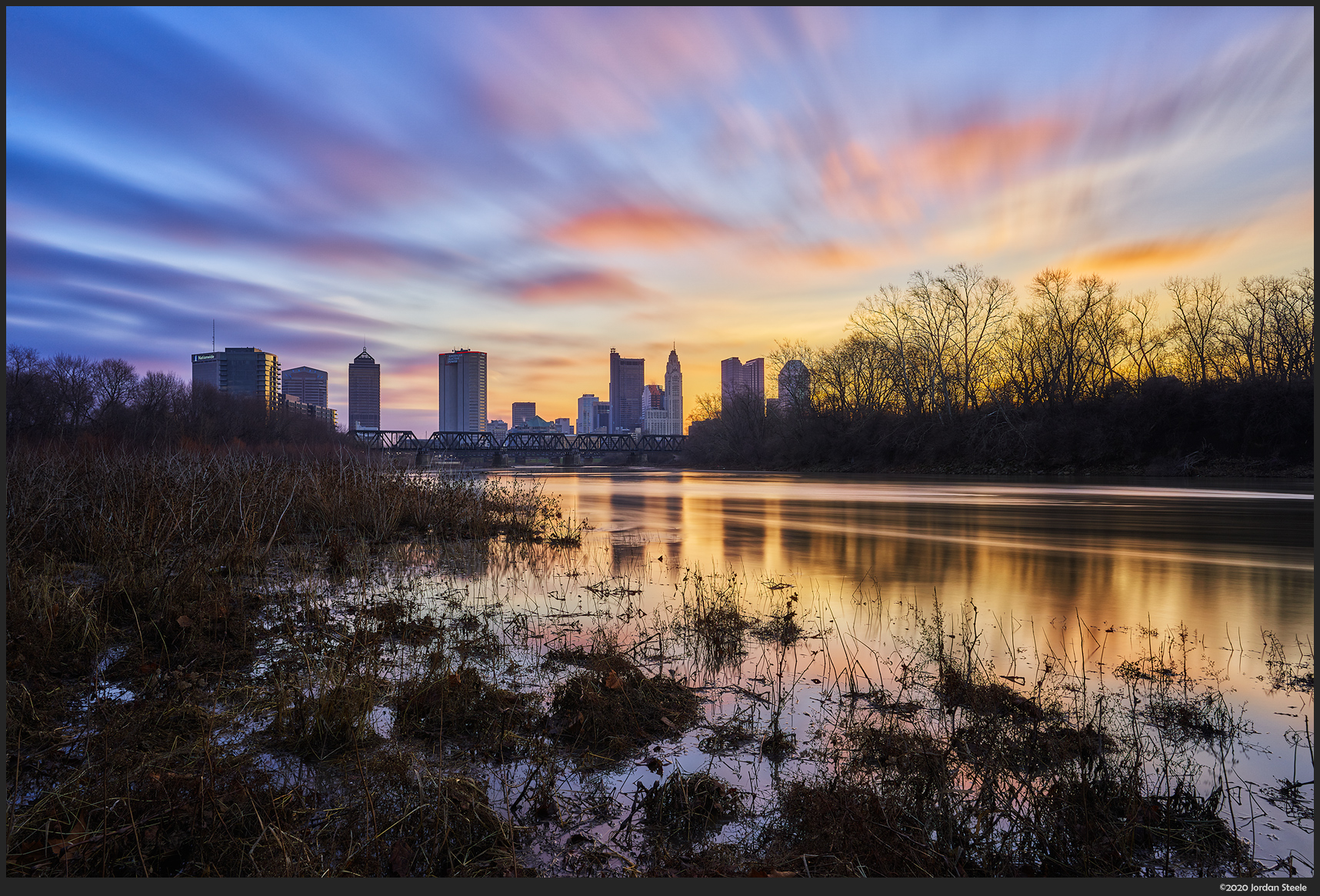Image Quality
The R series bodies in the Sony lineup have always been about pushing the envelope of resolution. The A7R III used largely the same sensor as the A7R II, but the A7R IV gains the first 60 megapixel sensor in a full-frame digital camera. The new sensor brings unprecedented resolution, but also smaller pixels, which offer a bit of a tradeoff with regards to noise, which I’ll discuss in detail, but overall, the image quality from the A7R IV is spectacular.
Dynamic Range and Color
The A7R IV’s new CMOS sensor produces images with spectacular dynamic range. While the A7R III already set an extremely high bar, the A7R IV manages to match or slightly exceed it. Looking at DxO’s measurements shows the A7R IV to barely eclipse the R III in dynamic range, pulling 14.8 stops of usable range out of a single image at base ISO.

I’m not a numbers guy when it comes to cameras (despite my engineering background). For me it’s how the images work in field and on my computer when processing the RAWs, and the A7R IV shines here. I occasionally will bracket shots for HDR use, but more often than not, I end up using the middle or darker exposure by itself, and pulling all the detail I need from that single exposure. The shot below is an example. The early morning sun was blazing through the trees, lighting up these moss-covered boulders with sunshine while casting long shadows from the trees and rocks. I bracketed a bit, fully expecting to have to merge exposures to show the scene in its full glory, but to my surprise the camera easily handled this scene without complaint. I probably could have pulled another stop or two from the shadows if I had needed it, but I wanted to maintain the contrast. This kind of flexibility is freeing, and makes for great images.

I’ve been seeing wonderful color from the A7R IV as well, with beautiful tonality, rich tones and lovely subtlety in tonal transition. I have found that while I can get great color from the A7R IV files out of both Lightroom and Capture One, I have been using Capture One more often for the last few months because I’ve found that it’s easier to get the colors I want out of Capture One than Lightroom, though the Lightroom profiles are quite good nowadays.
Detail and Noise
With 60 megapixels, you’d expect a ton of detail with the A7R IV, and a ton of detail is exactly what you get. When shooting with a good lens, the level of detail is astounding, and I still get somewhat shocked when zooming in to 100% to see just how much detail there is in the files. The A7R IV definitely requires different sharpening settings from the A7 III, but after I found the best settings for the look I wanted, I was able to wring simply tremendous levels of detail with minimal noise out of the sensor.

Below is a 100% crop of the center of the image, showing the detail shown when zooming in – Click to view full size:

Speaking of noise, this was probably the largest change to my post processing scheme with regards to RAW processing. With the smaller pixels, when viewing images at 100% the A7R IV will show more noise than lower resolution sensors when zoomed in all the way. It’s just the nature of the beast. This is even true when shooting at low ISOs and pushing shadows a bit.
However, when normalizing for print or display resolution, the actual noise in the final image is largely indistinguishable from cameras like the A7 III or A7R III. The best thing is that when shooting at higher ISOs, the A7R IV still captures so much detail that after applying noise reduction using a program like Topaz DeNoise and then sizing for output, the end result is usually an image with lower noise and still more detail than a camera with ‘better’ noise control like the A7 III.

Due to these factors, I found that ISO 12,800 was more than usable for most shooting, with 25,600 usable for smaller prints. At ISO 51,200 and above, the R IV does slip a bit compared to the lower resolution sensors, due to some artifacting and color shifts, but up to that point, they are essentially comparable. Considering the detail tradeoff and excellence in all the other areas, it’s a tradeoff that is perfectly reasonable.
JPEG Image Quality
More than any other camera in the Sony lineup, for critical work, JPEGs are not what you should be using. If you’re shelling out $3,500 for a 60 megapixel ultra-high quality camera, you shouldn’t be crippling it by shooting with JPEGs. With that said, JPEG output is still nice for quick image sharing and preliminary culling. I tend to shoot RAW+JPEG with the JPEGs written to one card and the RAWs to the other, giving me an emergency backup of JPEGs if the RAW card were to fail, but also allowing for quick full resolution transfer to my phone or tablet. And on the whole, Sony continues to make their JPEG images better and better, with nice color, a good balance of detail to smoothness and good noise control at higher ISOs.
Video
This is usually where I casually remark that I’m not a videographer and quickly cover the video specs, but I’m not going to bother this time around. I’ll be honest, I haven’t shot a single clip of video from the A7R IV in the three months I’ve been shooting with it. Take a look at one of the myriad A7R IV reviews with a video focus if you desire that knowledge.






Leave a Reply